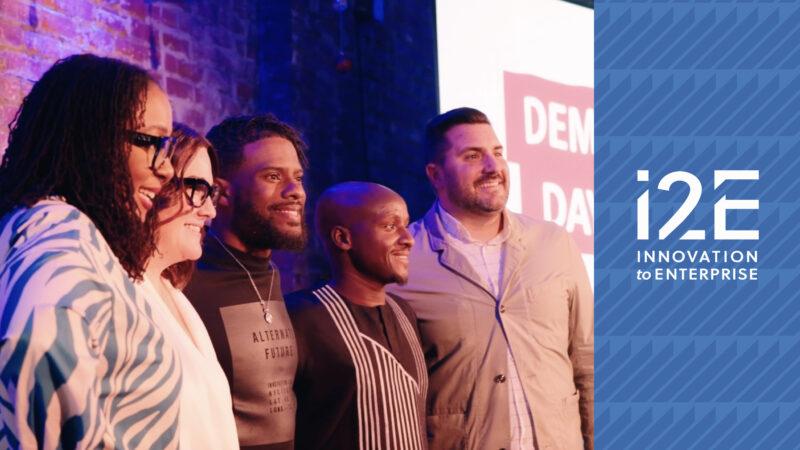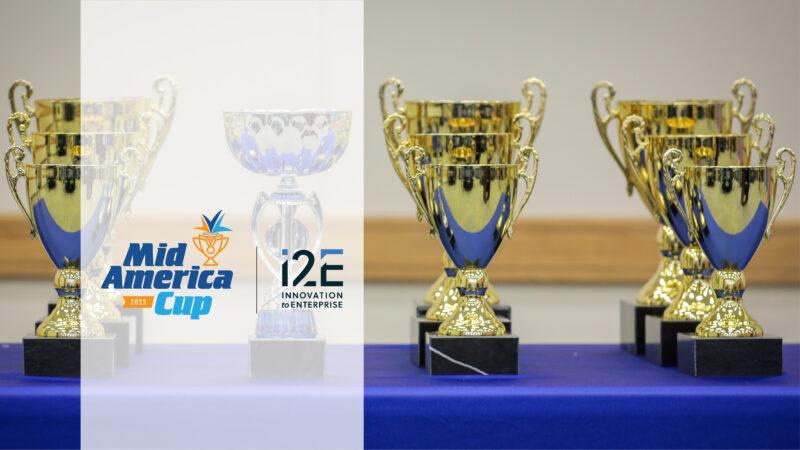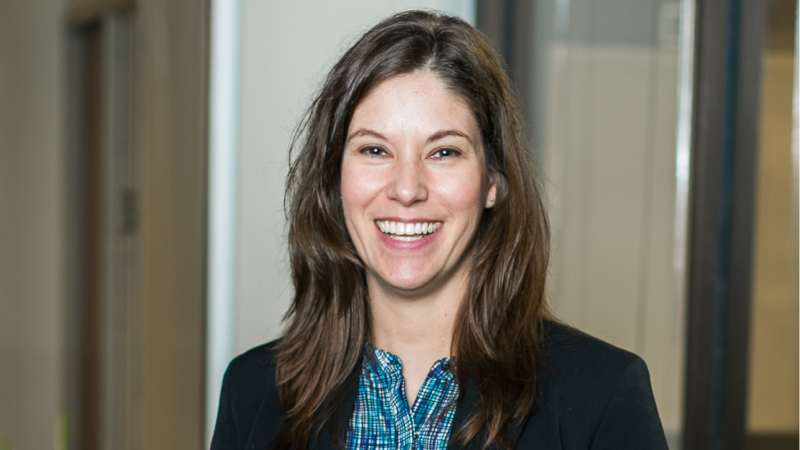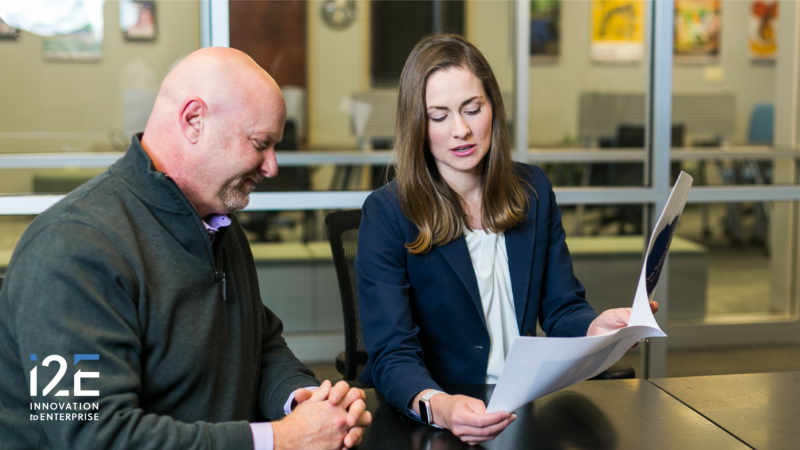Last spring when the pandemic hit, about one in four Oklahoma students did not have internet access at home.
Students did not have devices. School districts did not have additional budget for remote learning. Families stretching to cover rent and buy food didn’t have the money for internet fees — and even if they did, many areas of Oklahoma lack internet coverage.
And that is just one of the pandemic challenges that State Superintendent of Public Instruction Joy Hofmeister and the Oklahoma State Department of Education have been managing through since spring.
“We were able to get 50,000 out of 175,000 students without internet online,” said Superintendent Hofmeister. It took hot spots on cell towers and federal and state relief dollars as well as negotiated rates from carriers.
“The partnership was really important in meeting those critical needs for this school year,” she said. “When it comes to successful outcomes, we believe that internet in the home is as essential as electricity and running water. We are working to overcome the barriers to this technology reaching every student’s home.”
As Superintendent Hofmeister shared her perspective, it is clear that she has a keen eye for turning disruption into opportunity for Oklahoma’s students and educators.
“The global pandemic has accelerated a shift in education that was already occurring,” she said. “About 200 of 540 school districts in Oklahoma already had an established virtual academy. The pandemic has acted as a starting point to bring online options to more students by necessity. Students are very adept at digital learning. This is ushering in a new age that will really transform education in future years.”
The pandemic, she says, is shifting the focus of education to be based on competency instead of seat time and course completion on set calendars by semesters.
“In some ways, digital learning can provide more equity in opportunity for accelerated learning and for more targeting of what is lacking,” she said. “It can give students more customized and personalized learning. That can happen inside physical classrooms as well as outside. Now there is a greater appreciation for the need that students have always had, to go at their own pace and complete work based on skills acquisition and competency, rather than on the same schedule as their parents had in school.”
“In this year of a global pandemic, we are all like new teachers, principals, and superintendents. It is new for all of us,” Superintendent Hofmeister said
“We all are getting a fresh perspective to see old problems in different ways that can help us derive better solutions, including distance learning when we have an abrupt change. Teachers are learning what is needed to connect with students who are not delivered on a bus and not in a classroom. They have been willing to move heaven and earth to keep students connected. Families have new respect for how difficult it is to keep students focused.”
With the pandemic, there has been a shift in conversations. “In education, we have never been so closely tied to public health as we are now,” Superintendent Hofmeister said. “That really underscores how everything is knit together, how if schools go wrong, it goes wrong for everyone, but when schools go right, it changes the trajectory for individual people and our entire economy.”
Our young people and our schools — that is where we need to invest our energy and our resources — now and forever.
Scott Meacham is president and CEO of i2E Inc., a nonprofit corporation that mentors many of the state’s technology-based startup companies. i2E receives state support from the Oklahoma Center for the Advancement of Science and Technology and is an integral part of Oklahoma’s Innovation Model. Contact Meacham at [email protected].








